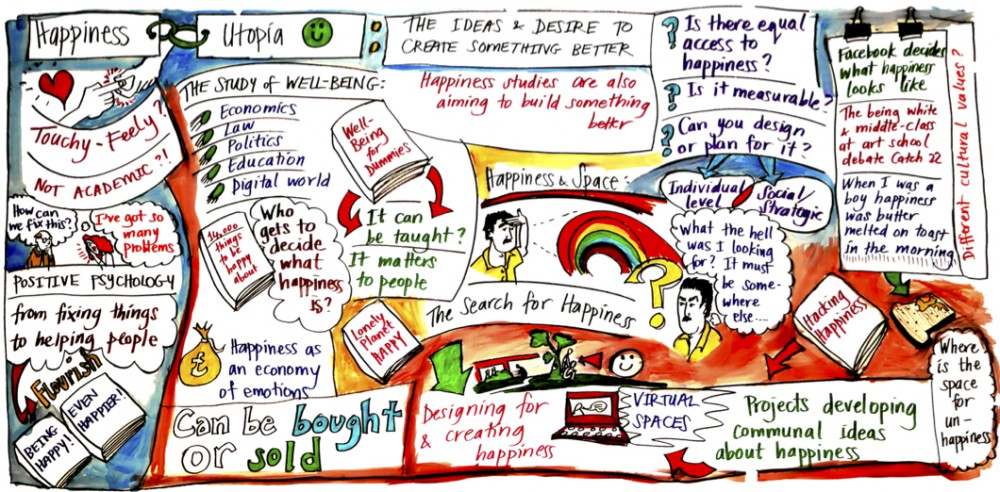1. Describe how the client empowerment model for change effectively impacts a client’s well-being status? Include what the professional would do to implement the model in the counseling session.
Client’s empowerment model for change impacts a client’s well-being by supporting them, being there for them and giving them hope that a change will come and they will be a little more proud about themselves. The job of a professional in the counseling session is to help the client think on their own and make their own decisions like for example on what may be the right or wrong thing to do in a certain situation and how they can better their lives.
2. Describe how a community based agency’s mission and goals promote well-being and happiness for their clients.
A community-based agency’s mission and goals promotes well-being and happiness for their clients by communicating the purpose of the agency and summarizing its guiding principles because in order to make the client feel comfortable, the workers has to follow the rules in order for the client to open up and plus he/she has to respect the guidelines that they are asked to do being assigned to help a community and knowing you’re helping a person and helping yourself understand them, it’s for your well-being.
3. Describe how an agency’s organizational chart promotes well-being through the chain of command.
An agency’s organizational chart promote well-being through the chain of command because it refers to the layers of authority in an agency, it helps agencies keep control of responsibilities and holds them accountable of what they have to do, in order to keep the environment safe workers and clients are in controlled not by people, but by credentials.
4. Describe how the referral process is utilized in the relation to the client’s well-being.
The referral process is used in the relation to the client’s well being by first making sure the client is getting the best service they need in order for them to get better, also making use if one service doesn’t work for the client then the agency makes sure they receive a better one. Second if the service helps then it’s successful for them, and lastly if the service works its due to the fact of the success of the referral in multiple ways to the clients well-being.
5. Describe how an informal network can aid in the referral and well-being goals.
An informal network can aid in the referral and well-being goals of a client by reaching out to organizations that are public and/or private agencies such as self-help groups, churches, businesses and schools. It’s a network of communication meaning informal or formal connections clients and agencies in the social service. It uses these types of communications to help the client engage in a two way communication to help them fully understand the participant in the system.
6. Describe how documentation and paperwork requirements aid in the well-being of the client.
Documentation and paperwork requirements aid in the well-being of the client because it is used to transfer any important information about the client to other professionals if they move on to different agencies and help them know what’s going on and how to help them go through whatever it may be that they are going through.
7. Describe how stress and “burnout” of the worker can impact the client’s well being.
Stress and burnout of the worker can impact the client’s well-being because if the worker is having negative changes in their attitude or behavior then it’s going to affect their day to day work. It also has affect o the environment and their profession as well as the helping process; if the worker isn’t having their best day then it’s affecting everyone. This happens because the workers could be disappointed, lower expectations of the client performance or could be having concerns within themselves. Therefore if they come to work with a negative vibe, then it’s not going to make the situation better only more difficult. They wouldn’t help the client, they would just have a negative affect towards the clients and not help them like they are suppose to. It will only make the situation more difficult.
8. Describe how professional development activities can impact the well-being of the worker. Describe how it also impacts service delivery to the client.
Professional development activities can impact the well-being of the worker by making a commitment to their professional development and being engaged and well supportive to their clients. Also improving is a commitment and being more of a helper and being able to respond to each helping opportunity in a positive way, and how to move in a certain situation to give the their best work to their clients.
9. Describe how a human service worker can utilize client empowerment as a tool in the well-being of a client.
A human service worker can utilize client empowerment as a tool in the well-being of a client by everyone working as a team and building their skills to advocate themselves and learn something, and then make their own changes. Also letting them make their own decisions, supporting them in what they may want to do as an independent, and not having people thinking for them as they go on in life.



